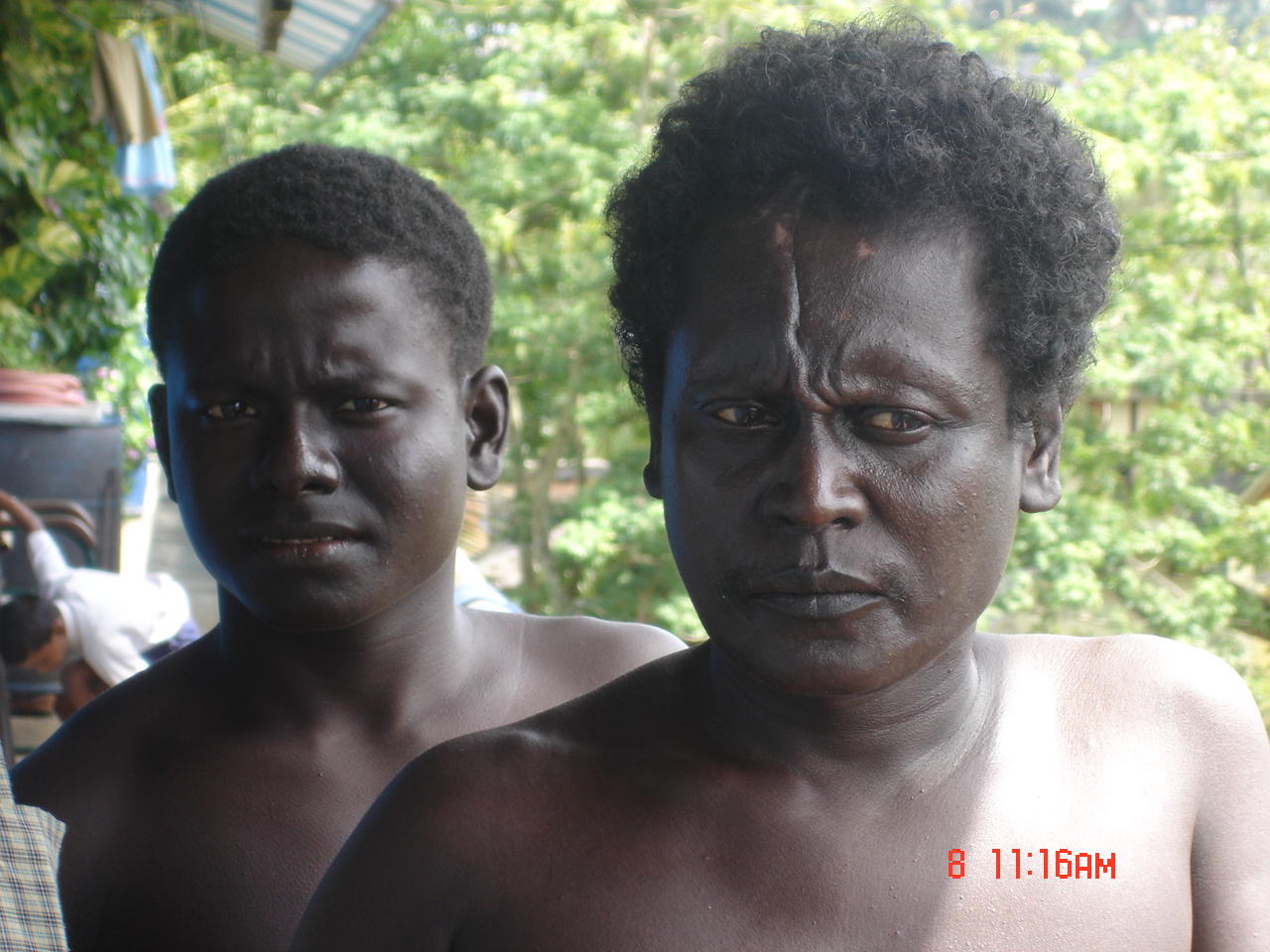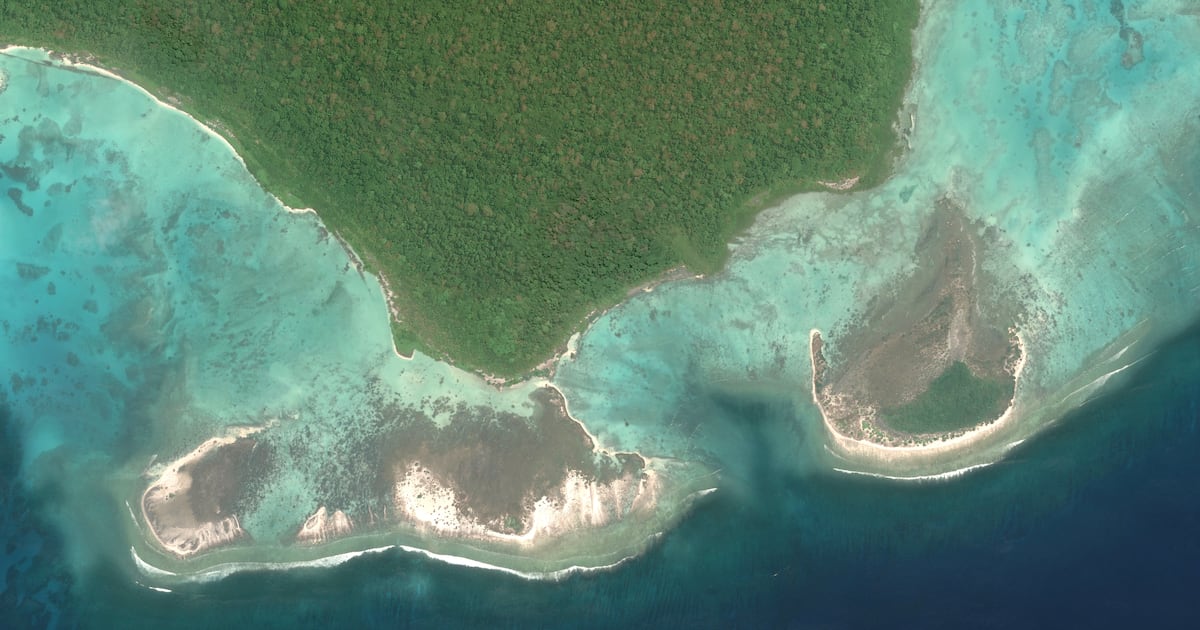Great Andamanese (
Hindi: अण्डमानी
Aṇḍamānī in
Hindi) is a collective term used to refer to related
indigenous peoples who lived throughout most of the
Great Andaman archipelago, the main group of
islands in the
Andaman Islands; and also to their present-day descendants, living since 1970 on
Strait Island.
The Great Andamanese were originally divided into ten major tribes, with distinct but closely related languages
[3] comprising one of the two identified
families of indigenous
Andamanese languages, the
Great Andamanese family.
The Great Andamanese were clearly related to the other four major indigenous groups in the Andaman islands, but were well separated from them by culture and geography. The languages of those other four groups were only distantly related to those of the Great Andamanese and mutually unintelligible; they are classified in a separate family, the
Ongan languages.
Once the most numerous of the five major groups in the Andaman Islands with an estimated population between 2,000 and 6,600, the Great Andamanese were heavily decimated by diseases,
alcohol, colonial warfare and loss of hunting territory. Only 52 remained as of February 2010,
[1][4]and the tribal and linguistic distinctions have largely disappeared, so they may now be considered a single Great Andamanese ethnic group with mixed
Burmese, Hindi and aboriginal descent.
[5][6][7]












